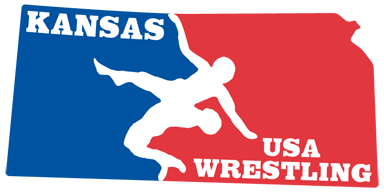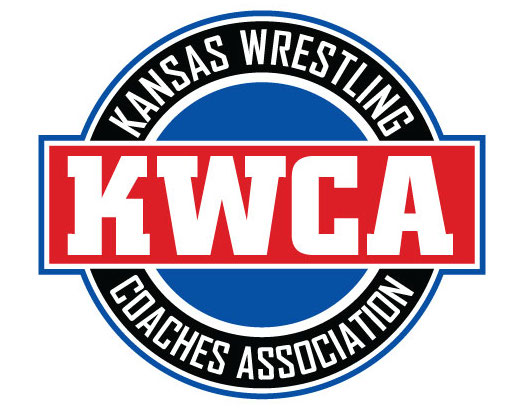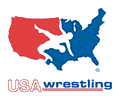Well I can't speak for other officials, but I must say that the stalling call is one of the easiest calls for me to make as an official. Through the thousands of matches I have officiated thus far I can't seem to recall any one situation where it was difficult for me to decide when and who to call for stalling.
In my opinion there is VERY little reason for a wrestler to be "sitting on an ankle” just by the very nature of its description it shouldn't be too hard to tell that that wrestler is trying to keep the other wrestler from moving. Somehow I don't think that keeping a wrestler from moving has anything to do with working for a fall. The only move that comes to mind where sitting on the ankle is effective in a pinning combination is the 3/4 nelson, where it is almost essential to have the ankle covered.
When I am looking for stalling here is how I assess it. I first look at the offensive man ( aka the top man ). Is he using a pinning combination move? Examples: Half Nelson, Power Nelson, Tilt, etc. Or is he is using a move that is not likely to score near falls or falls. Examples: Two on One Wrist rides without even moving off the hips to put pressure on the arm. Being off the hips doesn't automatically qualify the top wrestler for stalling, but there aren't very many moves you can turn a wrestler with without being off the hips. You can't get the leverage you need to turn someone without being off the hips which is why this is most often associated with stalling.
After that I look at the bottom wrestler. First is he lying on his stomach? Well if he is, is he being held there and overpowered, or is he just content to lie on the mat? Does he make an attempt to reverse or escape?
Now that I have looked at both then comes the decisions. If the top man is riding and the bottom man isn't making an attempt at reverse or escape, then a stalemate call is probably going to happen. At the same time I might verbally tell both wrestlers that they are not aggressively wrestling and that any further inaction is going to result in a stalling call. This is not "coaching" this is informing both wrestlers that they are skirting the rules and that penalties are forthcoming. Now if the top man is working for a fall, off to the side, etc. And the bottom man isn't attempting escapes or reverses, lying on his stomach and so on, and then a stalling call for the bottom man is probably going to happen. And the call comes regardless of the score. I don't care if the bottom man is down by 14 points, if he isn't moving then by definition he is stalling. The only exception to this is if he is being overpowered as Shane said. The obverse is this; if the bottom man is attempting escape or reverse and the top man continues to simply stop the move break him down and go straight to a rising technique aka Spiral Ride, Two On One, Arm breakdown, the most likely he is stalling and will be penalized.
So you see the call itself is really quite simple. The reason it seems the top man is called for stalling more often than the bottom is because as an official looks at the action it looks like the bottom man simply can't make any meaningful moves because the top man is executing moves which are, by design, meant to keep them from doing so, hence the name "ride". There is no riding time at this level of wrestling so there really isn't any reason to do it. Tell your wrestlers to keep moving and they shouldn't have any problem with stalling calls.
I won't go into the details about whether a wrestler who is winning a match should be trying to protect that lead. It makes perfect sense to do that, and there are ways to do it without looking like you are stalling. Unfortunately not too many kids at this level know how to do it, so they end up getting called. Fake shots, spiral rides, and things like that are the most effective means of thwarting a stalling call.
Sorry for the long response but it seemed necessary to explain what shouldn't be a difficult subject.







